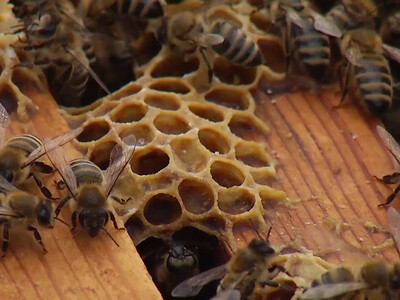Bee Colony Collapse Due to Resistant Mites
Researchers, scientists, and beekeepers have been looking for answers as to what caused catastrophic honeybee losses earlier this year. Now, new research from the USDA’s Agricultural Research Service has identified the cause behind the devastating losses. The study’s findings point to alarmingly high levels of viral infections caused by Varroa mites with genes that are resistant to a common treatment as key drivers of the colonies’ collapse. The Honey Bee Health Coalition says all Varroa mites collected from the affected colonies tested positive for a genetic marker linked to resistance to amitraz, the most commonly used miticide in commercial beekeeping. This finding underscores the urgent need for new tools and integrated pest management strategies. Researchers encouraged U.S. beekeepers not to rely on amitraz as their primary mite control method, but to turn to a host of other available chemicals. The mortality-causing viruses were the Deformed Wing Virus and Acute Bee Paralysis Virus.Source: NAFB

















